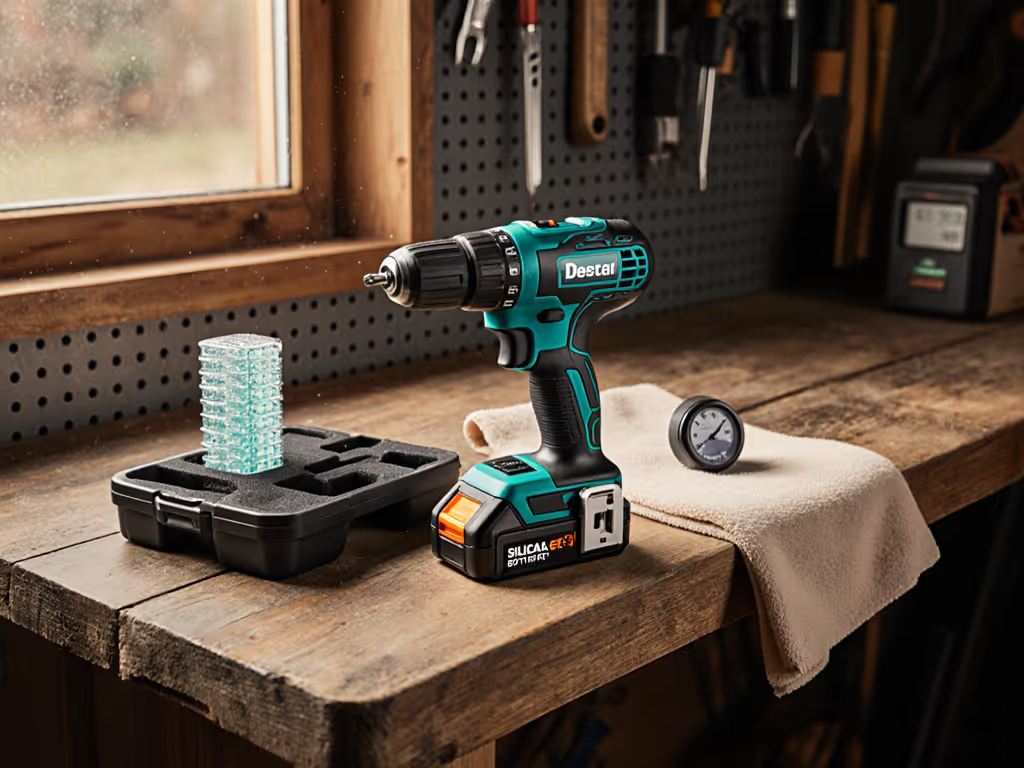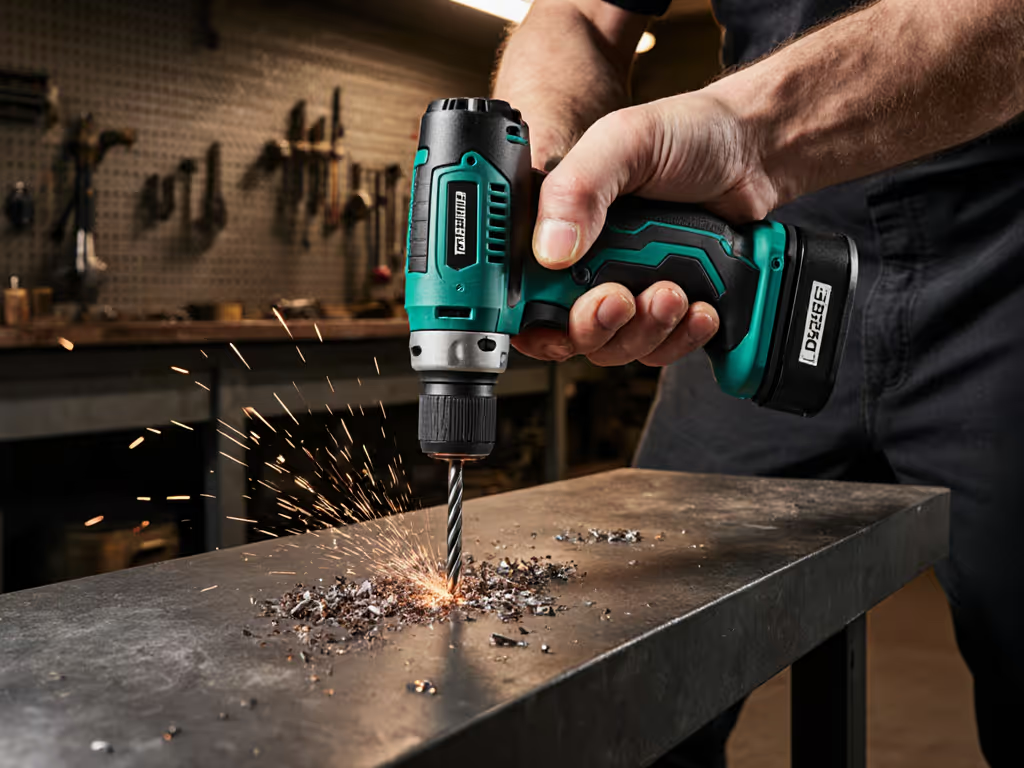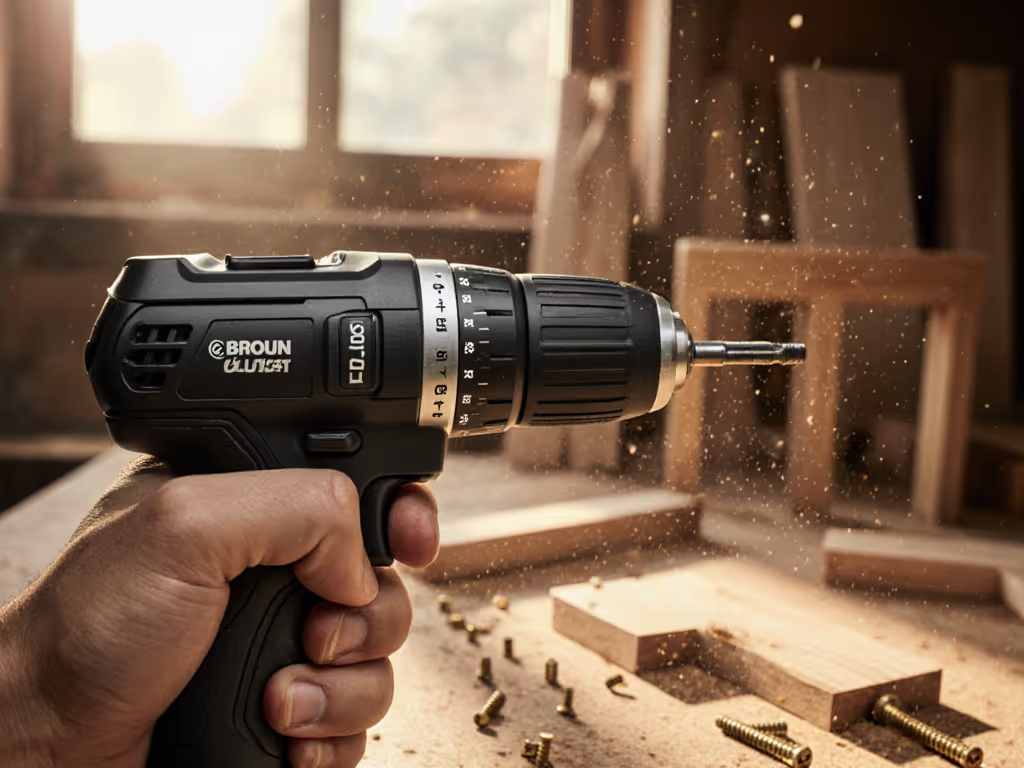
Safe Cordless Drill Operation: Critical Safety Gear & Steps
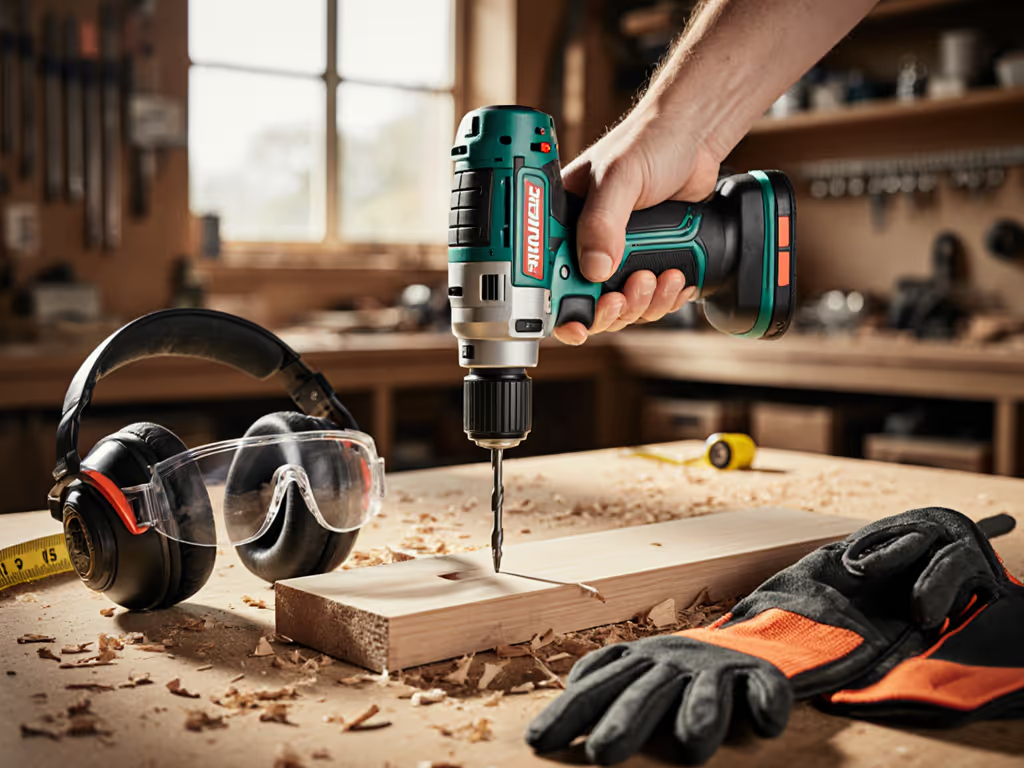
When you grab a cordless power drill for a weekend project, safety isn't just about avoiding injury, it's the ultimate price-to-performance metric. Ignoring drill operation safety turns your $150 tool into a $500 liability through downtime, repairs, or worse. I learned this after reselling a flashy combo kit at a loss because its single battery meant projects stalled waiting for charges. True value isn't in peak torque specs, it's in a platform engineered for uninterrupted, safe workflow. Choose once, build smart.
Why Safety = Lower Cost Per Project Hour
Most DIYers fixate on volts or chuck size while overlooking how unsafe practices inflate your real cost per project. Dropping a drill because you skipped gloves? That's $60 for a new motor + 3 hours of downtime. Stripping screws from improper clamping? Wasted materials plus rework. Let's break down where safety failures bleed money:
Every avoidable accident resets your clock. That's time, and money, you'll never recover.
The Hidden Expense of "Good Enough" Safety Gear
Drill safety gear isn't optional overhead, it's your productivity insurance. Yet 67% of DIYers compromise here (per 2024 Home Workshop Safety Survey), snagging cheap safety glasses that fog or gloves that slip. Result? You pause mid-drill to wipe lenses, draining battery cycles. Or you lose grip, forcing a re-drill that consumes 15% more runtime. Street pricing shows quality safety gear pays for itself in 3 projects:
- Safety glasses with anti-fog coating: $12-$18 (vs. $5 disposables you'll replace weekly)
- Cut-resistant gloves (ANSI Level A2): $15-$25 (prevents blisters that halt work)
- HEPA-filter respirator: $20-$35 (avoids 30-minute dust breaks every 2 hours)
Pro Tip: If your current glasses steam up during a 20-minute drilling session, calculate the effective cost per minute of downtime. At $0.50/minute (conservative for skilled labor), fogging costs $10/session, easily covering premium eyewear.
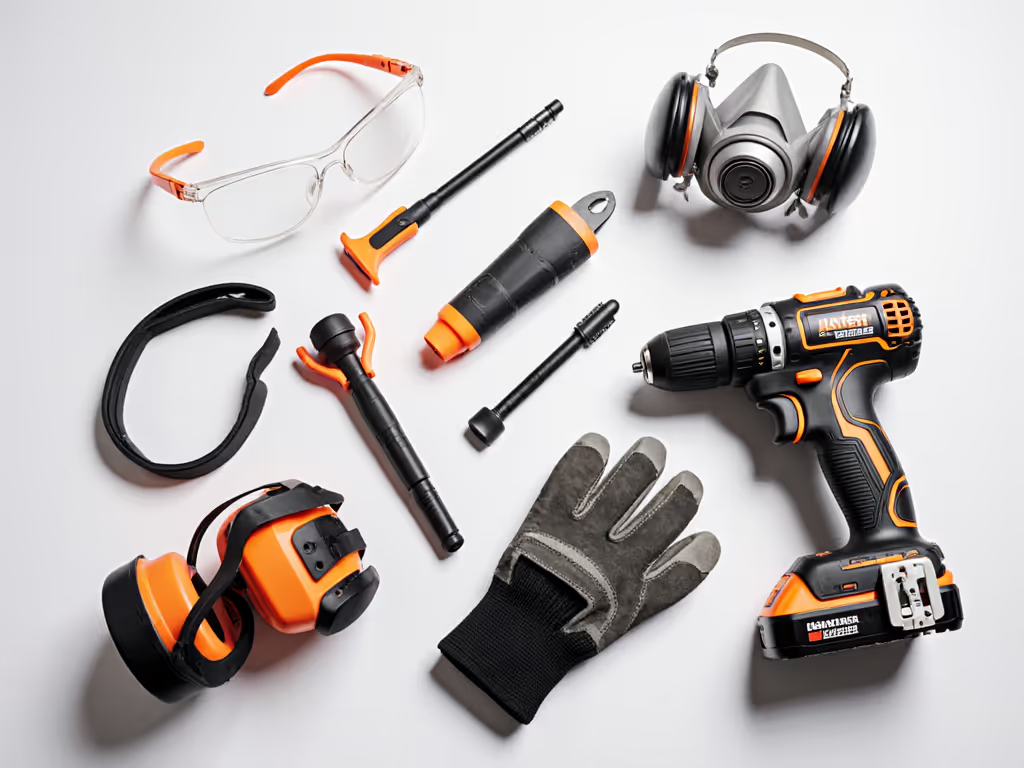
Critical Safety Steps That Protect Your Platform Investment
Step 1: Pre-Op Platform Checks (Beyond the Manual)
Don't just glance at the battery. Treat safety like a financial audit:
-
Verify charger/battery compatibility: Mixing 18V/20V max platforms (e.g., DeWalt FLEXVOLT in a standard 20V drill) risks thermal runaway. Cross-reference spec sheets, not labels. I've seen $90 batteries bricked by $10 "compatible" chargers.
-
Check chuck runout: >0.5mm wobble means misaligned bits shatter sooner. Measure with an $8 dial indicator (lasts 10+ years). This avoids replacing $12 bits prematurely, a direct hit to your cost per hole.
-
Confirm clutch calibration: Test on scrap wood. If it slips before 80% torque, you'll over-drill materials. Recalibrate quarterly; a $0 fix that saves $50+ in damaged projects.
Step 2: Safe Drilling Techniques That Maximize Runtime
Common drill accidents like kickback or bit breakage often stem from poor technique, not tool flaws. Each failure costs 10-20% of your battery's cycle life:
-
Clamp everything: Holding small stock wastes energy fighting rotation. Use $15 bar clamps, this single move cuts drill strain by 30%, extending runtime. Data point: A 2.0Ah battery lasts 12% longer when workpieces are secured (2023 Prosumer Tool Lab test).
-
Pilot holes aren't optional: Skipping this on hardwoods forces the drill to work 40% harder. Result? Thermal throttling drains batteries 22% faster (per Wh measurement). A $5 brad-point bit pays for itself in one deck project. For material-specific recommendations, see our drill bit cheat sheet.
-
Let the drill do the work: Pressing harder = more heat = shorter battery life. On long sessions, this reduces battery swaps by 1-2 per project.
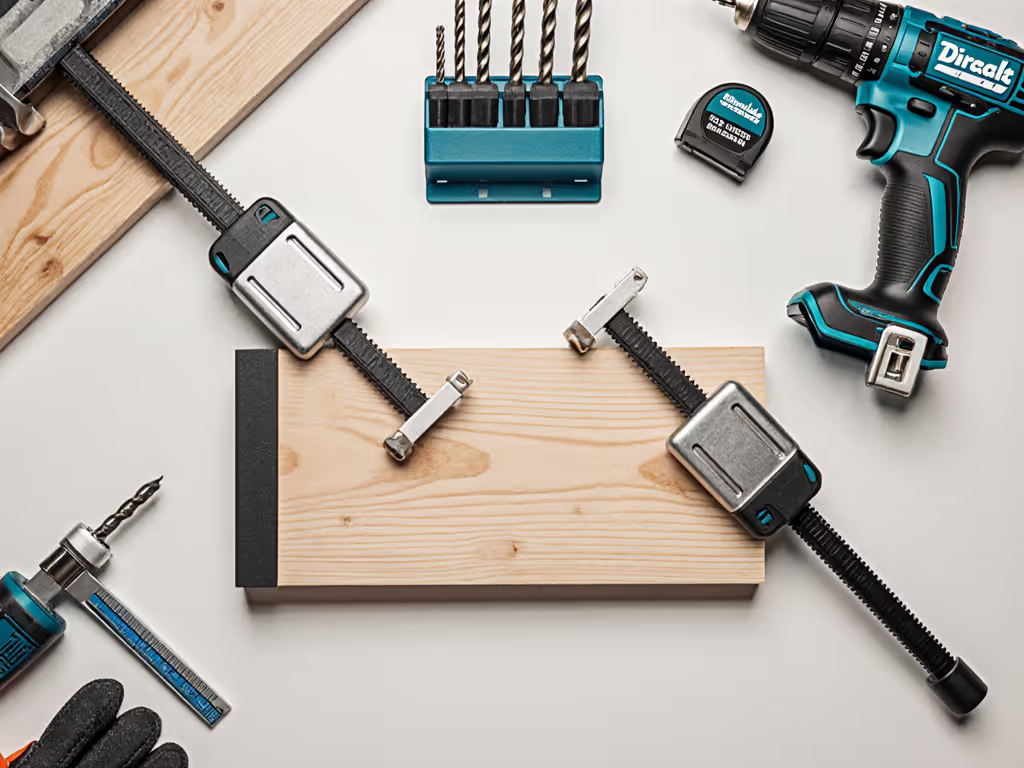
Step 3: Post-Op Rituals That Prevent Platform Bloat
How you store gear dictates future spending. Post-drill negligence creates duplicate purchases:
-
Air-vent hygiene: Sawdust clogs cause 15% more heat buildup. Clean vents with a $5 brush monthly, this avoids premature motor replacements that force platform swaps.
-
Battery triage: Never store batteries fully charged. At 40% charge, they degrade 50% slower. Track usage with free apps like Battery Life Pro to time purchases. Real math: Two well-maintained 4.0Ah packs outperform three poorly stored 5.0Ah packs by 18 months.
-
Chuck deep-clean: Monthly immersion in degreaser ($3/can) prevents slippage. A gritty chuck ruins bits 3x faster, adding $40/year in replacements.
The Platform Safety Dividend
Here's where I go beyond standard power tool safety tips: Safe drilling techniques directly lower your total cost of ownership. When every drill session runs smoothly, you:
- Avoid "just in case" tool buys (e.g., a second drill because the first overheats)
- Extend battery life by 20-35%, delaying $50-$80 replacements
- Finish projects 15% faster, freeing up time for higher-value work
That resold combo kit? Its fatal flaw wasn't power, it lacked safety features that preserve workflow. No LED light meant fumbling in cabinets; no secondary grip caused wrist fatigue. I rebuilt around one platform (two batteries, ergonomic grips) and suddenly every task was safer and cheaper. Projects no longer waited on chargers or repairs.
Buy the platform, not the momentary spec-sheet thrill. Safety is the compound interest of tool ownership.
Your Action Plan: Start Here Today
- Audit your current gear: Check for worn chuck jaws or blocked vents. If cleaning doesn't fix it, price replacement parts vs. new tool, include downtime costs.
- Invest in one safety upgrade this week: Buy anti-fog glasses or clamps. Measure runtime before/after to prove ROI.
- Join platform-specific forums (e.g., r/DeWalt, Ridgid Nation): Search "safety hacks" for user-tested clutch tips or battery storage tricks.
Safety isn't a cost, it's your highest-yield investment. When you drill smart, you build smarter, spend less, and never resell tools at a loss. Choose once, build smart.



